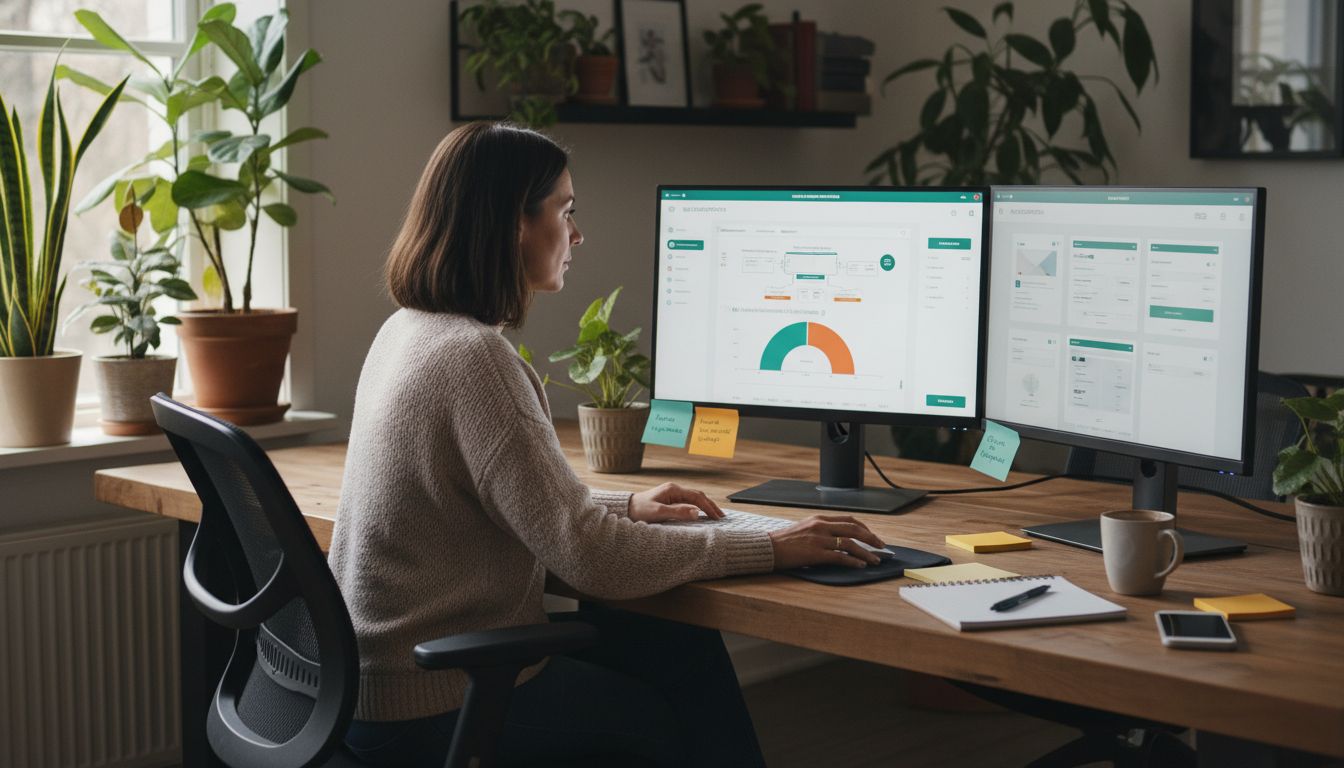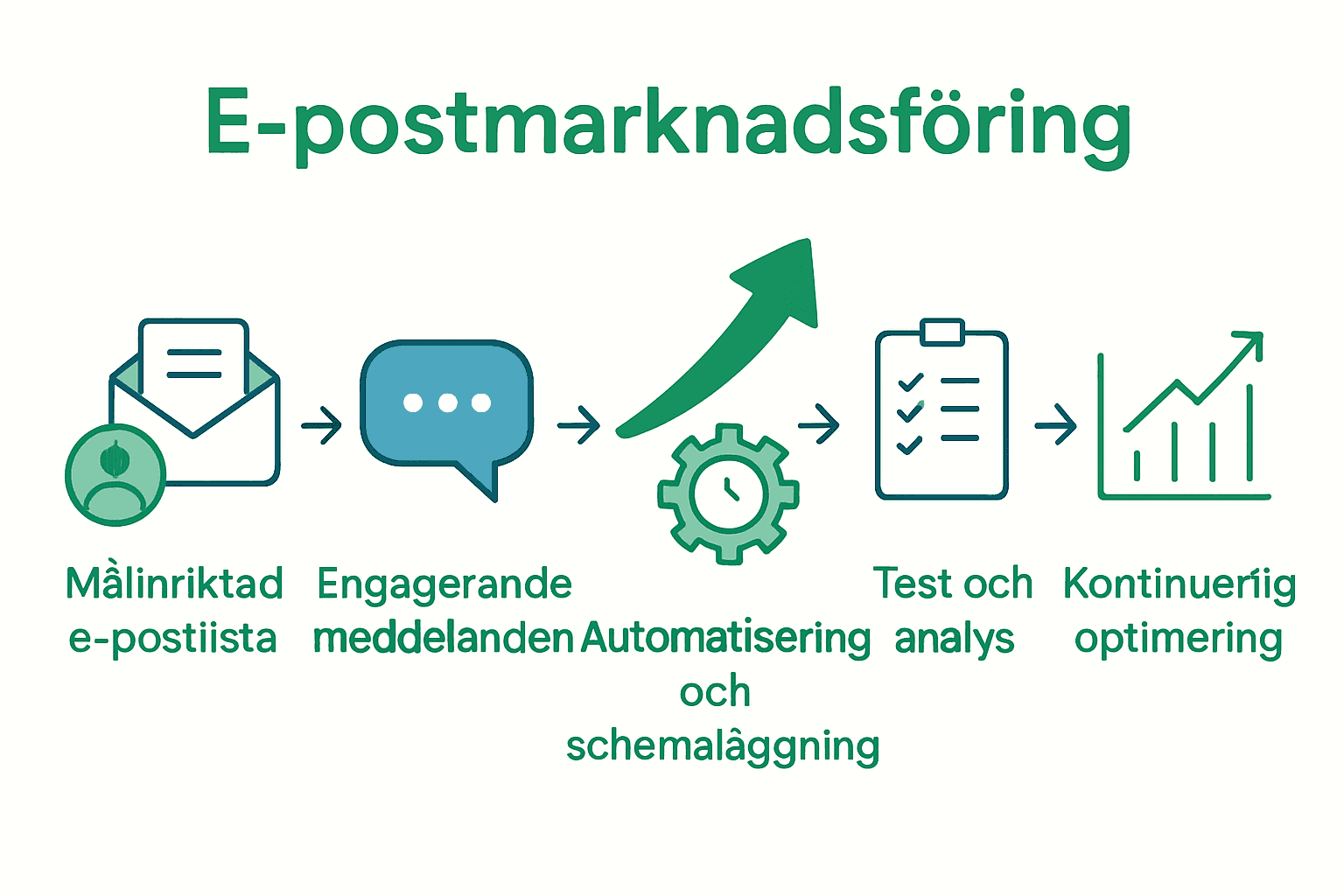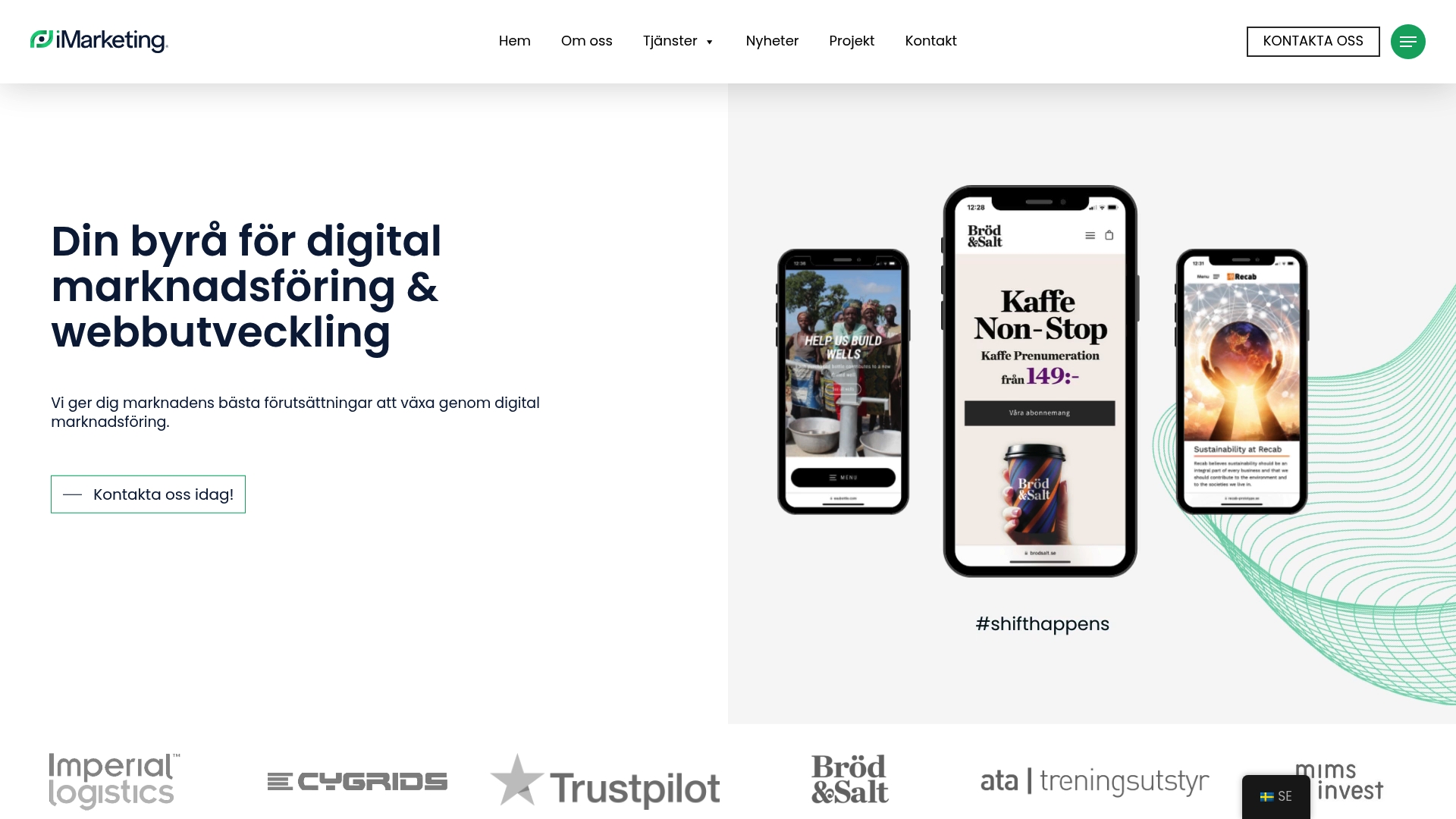Did you know that companies with segmented email lists can see a up to 40 percent higher opening rate? Email marketing is far from just collecting addresses. To succeed, it's about reaching people who actually want to hear from you. Here you'll get practical insights that will help you differentiate between quantity and quality when building your email list and preparing the ground for better results.
Table of contents
- Step 1: Create a targeted email list
- Step 2: Design engaging emails
- Step 3: Automate and schedule mailings
- Step 4: Test and analyze results
- Step 5: Optimize the campaign for continued growth
Quick overview
| Key points | Explanation |
|---|---|
| 1. Create a targeted email list | A targeted list increases engagement and effectiveness. Define your target audience by demographics and behaviors for best results. |
| 2. Design engaging emails | Use personal communication and clear design to capture recipients' attention and drive action. |
| 3. Automate and schedule mailings | Automation saves time and increases relevance. Identify key scenarios for automated flows for effective communication. |
| 4. Test and analyze results | A/B testing and careful campaign analysis improve efficiency and ROI. Measure key metrics accurately. |
| 5. Optimize the campaign for continued growth | Continuous optimization through segmentation and integration with other channels creates long-term value and engagement. |
Step 1: Create a targeted email list
Building a targeted email list is crucial to successful email marketing. It's not just about collecting as many email addresses as possible, but about building a list of recipients who are genuinely interested in your offer.
Start by defining your ideal audience by analyzing the demographics and behavioral patterns of your existing customers. What are the common characteristics of those who buy your products or services? Create detailed customer personas that help you understand exactly who you want to reach. Email Marketing 2024 shows that segmented lists can increase open rates by up to 40 percent.
When building your list, it's important to focus on quality over quantity. Use methods like:
- Offer valuable lead magnets as downloadable guides
- Create forms on your website with clear value propositions
- Run opt-in campaigns where potential subscribers choose to join voluntarily
Don't forget to always follow data protection regulations and provide clear information about how you will use personal data. A transparent and respectful collection process builds trust and increases the chance that subscribers will stay on your list.
The final step is to continually clean and refresh your list. Remove inactive subscribers and ensure you only have recipients who are genuinely interested. This not only improves deliverability but also increases the overall engagement rate of your email campaigns.

Step 2: Design engaging emails
When designing engaging emails, the goal is to create content that both captures the recipient's attention and drives action. It's about designing emails that not only look good but also deliver the right message in the right way.
Start by focusing on personal and relevant communication. Salesforce emphasizes the importance of creating personalized messages that speak directly to the recipient's needs and interests. This means using the recipient's name, referencing past interactions or purchasing behavior, and tailoring the content accordingly.
When it comes to design and structure, creating a clear and easy-to-navigate email is crucial. Some basic principles to follow:
- Use a clear and enticing headline that arouses curiosity
- Create a hierarchy in your content with subheadings and short paragraphs
- Have a clear and prominent call to action button
- Ensure responsive design that works on both desktop and mobile devices
A critical step is to test and optimize your emails. Salesforce recommends A/B testing, where you can compare different versions of your content to see which elements get the best response.
Finally, timing and frequency are as important as the content itself. Send emails at times when your recipients are likely to be most receptive and be careful with how often you communicate to avoid being perceived as intrusive.
Step 3: Automate and schedule mailings
Email automation and scheduling are essential for effective email marketing. By strategically planning and automating your communication flows, you can save time, increase relevance, and improve the overall customer experience.
Start by identifying what types of automated email flows are right for your business. Common scenarios include:
- Welcome series for new subscribers
- Abandoned cart reminders
- Birthday and anniversary offers
- Post-purchase follow-up
- Reactivation campaigns for inactive customers
When setting up these automated flows, it’s important to define exactly which triggers will start each email communication. Think through the entire customer journey and create sequences that feel natural and valuable.
Timing is critical when it comes to automated emails. Analyze when your recipients are most likely to open and interact with emails. Marketing tools comparison shows that the right timing can increase open rates by up to 35 percent.
Don’t forget to continuously test and optimize your automated email flows. Use analytics tools to track key metrics like open rate, click-through rate, and conversion rate. Small adjustments can add up to significant performance improvements over time.
The final step is to implement segmentation and personalization rules in your automated email flows. The more relevant and personalized your content is, the greater the chance of creating genuine customer engagement and driving conversions.
Step 4: Test and analyze results
When it comes to email marketing, testing and analytics are essential for continuous improvement. By carefully evaluating the performance of your campaigns, you can make data-driven adjustments that increase effectiveness and maximize ROI.
Salesforce emphasizes the importance of real-time measurement to understand exactly how your email campaigns are performing. Focus on these core metrics:
- Opening frequency
- Click rate
- Conversion rate
- Bounce rate
- Revenue generated per campaign
A/B testing is a powerful tool for optimizing your results. Test different elements like headline, ad time, image content, and call to action to understand what resonates best with your audience. Salesforce emphasizes that small adjustments can lead to significant performance improvements.
Analysis and measurement points can help you identify patterns and trends in your campaigns. Review data regularly to understand which segments are performing best and which types of content are generating the most engagement.
It's also important to monitor the sender's reputation and deliverability. High bounce rates or many spam reports can negatively impact future email deliverability. Regularly purge your email list and make sure to only send to engaged recipients.
Finally, continuous optimization is about being agile and experimenting. Don’t be afraid to try new strategies and learn from both the successes and failures of your email campaigns.
Step 5: Optimize the campaign for continued growth
Email campaign optimization is an ongoing process that requires strategic thinking and constant adaptation. The goal is to continually improve performance and create more value for both your business and your recipients.
Digital sales with tools Start by creating a robust strategy for continuous improvement. This means systematically analyzing each campaign and identifying opportunities for improvement.
Focus on these key strategies for continuous optimization:
- Segment your email list even more granularly
- Experiment with personalization beyond basic name usage
- Develop more sophisticated triggered email series
- Integrate email campaigns with other marketing channels
- Invest in advanced analytical tools
A crucial step is to understand the entire customer lifecycle. Create email flows that follow and support the customer through different stages of purchase from first contact to long-term loyalty. This requires continuous learning and adaptation based on customer behavior and feedback.
Don’t forget that technology is evolving rapidly. Stay up-to-date on new trends in email marketing and be prepared to quickly implement innovations that can give you a competitive advantage. Be brave enough to try new techniques while maintaining focus on fundamental principles like relevance and value-added communication.

Take your email marketing to the next level with iMarketing
Navigating the steps of email marketing can feel overwhelming when details like segmentation, automation, and continuous optimization demand a lot of time and expertise. Perhaps you find that your emails aren’t reaching the right audience or that engagement isn’t meeting expectations, creating frustration and uncertainty about the next step. The key to growth is creating personalized, targeted campaigns and effectively automating flows that drive loyal customers and measurable results.
On iMarketing.se We understand these challenges and offer tailored solutions in digital marketing and web development that help you build an advanced email strategy that really delivers. Our experts can help you with everything from creating dynamic email lists to designing engaging messages and setting up automated campaigns that save time and maximize conversions.
See how we can help you transform your email marketing into a powerful growth engine where every send counts.

Do you want to increase your sales and strengthen customer relationships today? Contact us now for a free consultation and take the first step towards smarter email marketing on iMarketing.se. Let us make your campaigns successful with the right strategy and tools.
Frequently Asked Questions
How do I create a targeted email list for my marketing?
Start by defining your ideal audience based on demographic data and behavioral patterns. Analyze your existing customers and create detailed customer personas to understand who you want to reach.
What does it mean to segment an email list?
Email list segmentation involves dividing your list into smaller groups based on specific criteria, such as interests or purchasing behavior. By sending targeted messages, you can increase open rates by up to 401%.
How can I design engaging emails?
Focus on creating personal and relevant content that speaks directly to the recipient's needs. Use clear headlines, a structured layout, and a prominent call to action button.
What types of automated email flows should I use?
Identify and implement flows such as welcome series for new subscribers and abandoned cart reminders that can increase engagement and create more relevant experiences for customers.
What is important to analyze after a campaign?
Focus on core metrics like open rate, click-through rate, and conversion rate to evaluate campaign effectiveness. By regularly reviewing this data, you can make continuous improvements and optimize future campaigns.
How can I optimize my email campaigns for continued growth?
Continuously work on segmenting your list in more detail and experimenting with more personalized messages. By continually improving your email series, you can strengthen customer engagement and drive sales over time.


